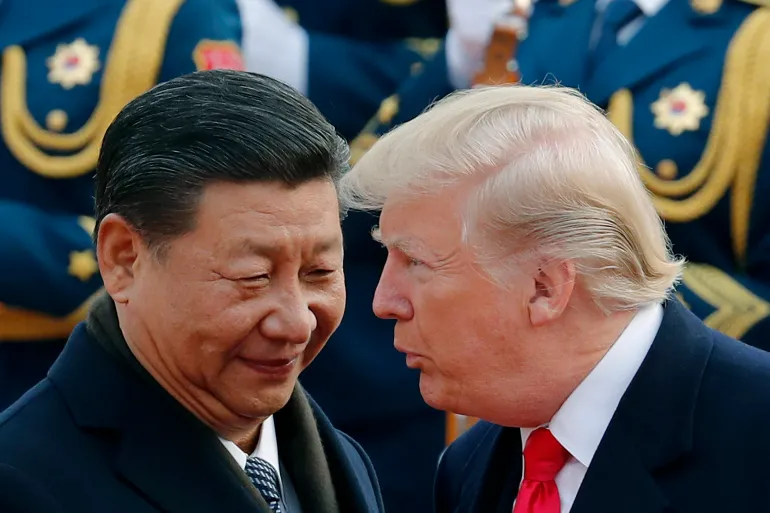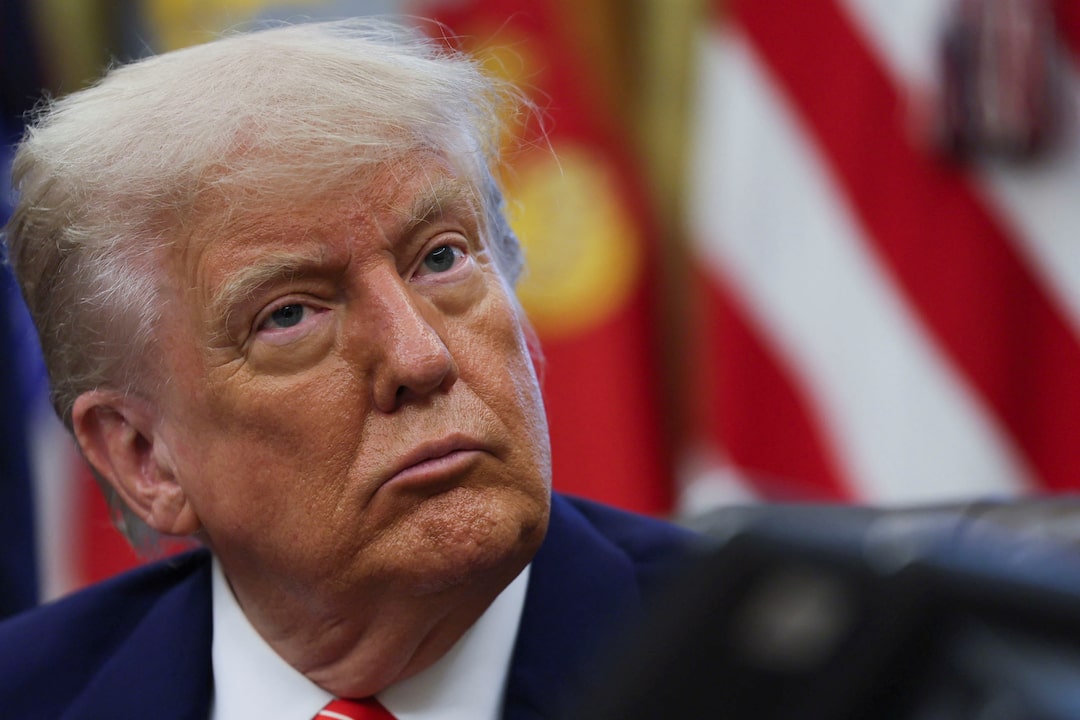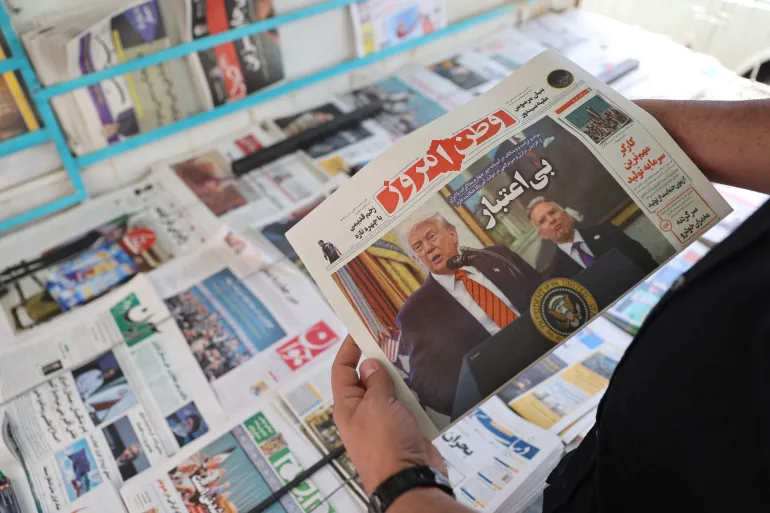In a major development that has temporarily defused rising tensions between the world’s two largest economies, the United States and China have agreed to a 90-day pause in their ongoing tariff war. The deal, which significantly rolls back tariffs on both sides, has sparked speculation over whether Washington was the first to blink amid mounting economic and political pressure.
The breakthrough was announced after intensive negotiations in Geneva, where U.S. and Chinese officials finalized terms aimed at cooling a trade conflict that had sent shockwaves through global markets. Under the terms of the agreement, the United States will reduce tariffs on Chinese imports from 145% to 30%, while China will cut its own tariffs on U.S. goods from 125% to just 10%. The rollback is effective immediately and will last for 90 days, during which both parties will engage in further discussions to resolve deeper trade grievances.
The escalation that led to this truce had been building for months. In a tit-for-tat exchange, Washington had imposed a sweeping set of tariffs on hundreds of billions of dollars’ worth of Chinese goods, to which Beijing responded in kind. The trade war intensified in early 2025, with both sides raising duties to punishing levels, triggering instability in financial markets and causing alarm among businesses and consumers in both countries.
While the agreement is being framed as a mutual step back, many analysts believe it reflects a strategic retreat by the Biden administration. Faced with slowing economic growth, rising consumer prices, and increasing pressure from American exporters and industry groups, Washington may have opted to de-escalate in order to avoid further domestic fallout. The sharp drop in tariffs—especially on the U.S. side—has led some to conclude that China gained the upper hand in the negotiations.
Chinese state media quickly framed the outcome as a diplomatic win for Beijing. Official commentary praised the leadership of President Xi Jinping for his “resolute stance” and credited Chinese negotiators for securing favorable terms without significant concessions. Some observers suggested that China’s ability to hold firm during the high-tariff standoff demonstrated its economic resilience and willingness to outlast U.S. pressure.
Financial markets responded positively to the news. Major global stock indices surged following the announcement, with investors betting that the truce would provide short-term relief and reduce the risk of further trade disruption. However, economists were quick to caution that the truce may only offer temporary stability, not a lasting solution.
Experts warn that the 90-day window is unlikely to produce a comprehensive settlement. Fundamental disagreements over intellectual property rights, technology transfers, and market access remain unresolved. The Biden administration has maintained that it will not compromise on structural trade reforms, while China insists on defending its development model and industrial policy.
Despite the limited scope of the agreement, both sides have signaled a desire to prevent complete economic decoupling. In public statements following the deal, officials in Washington and Beijing expressed cautious optimism about the potential for continued dialogue. Still, the deep mistrust between the two powers looms large, and the threat of renewed escalation remains ever-present if talks stall or fail.
For now, the truce offers a pause in hostilities and a possible path toward more constructive engagement. But whether it marks a turning point or merely a tactical timeout remains to be seen.
As global supply chains, financial markets, and geopolitical alliances hang in the balance, the outcome of the next round of negotiations could determine the trajectory of U.S.-China relations for years to come.
Source; Al Jazeera



